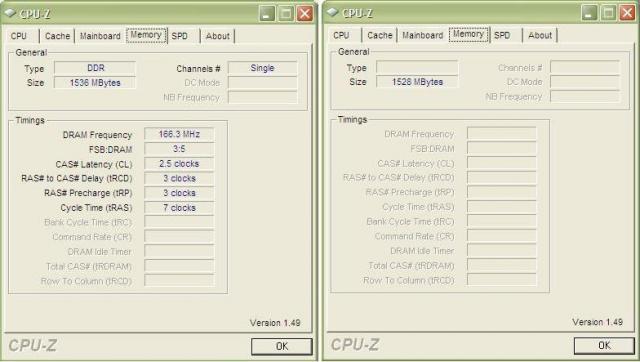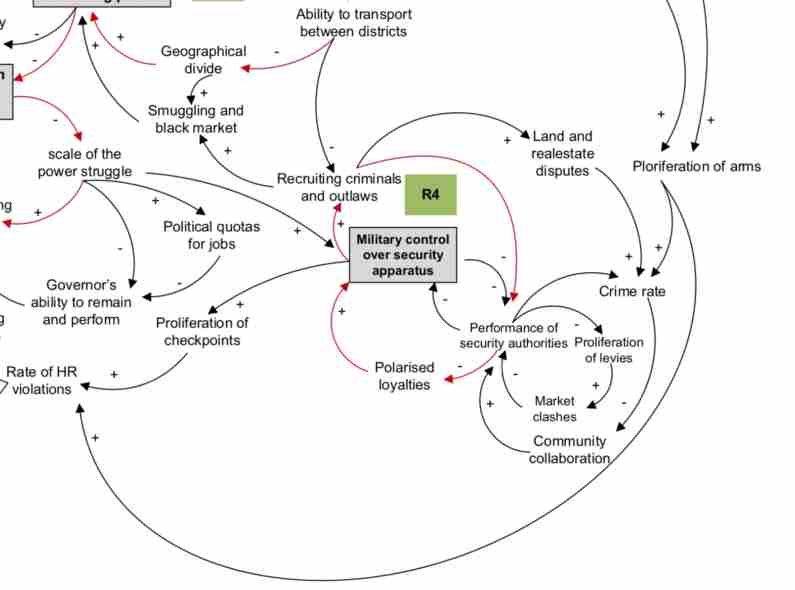CPU-Z is a popular utility that provides detailed information about your computer’s hardware, including the CPU, motherboard, memory, and more. However, users sometimes encounter issues where CPU-Z fails to launch or function correctly. This can be frustrating, especially when you rely on the software to monitor system performance or check hardware specifications.
“If CPU-Z is not working, it may be due to compatibility issues, outdated software, or corrupted files. Ensure you have the latest version installed and check for any system conflicts that might prevent it from running properly.”
In this article, We will discuss “ cpu z not working”
Table of Contents
Common Issues with CPU-Z:

Understanding the various problems users encounter with CPU-Z can help you pinpoint the issue more quickly. Here are some of the most common issues reported by users:
Compatibility Issues:
Compatibility issues may arise when running CPU-Z on older hardware or unsupported operating systems. Some users report that CPU-Z does not work on certain builds of Windows or with specific processor architectures. To resolve these issues, ensure that your operating system is up to date and that your hardware meets the minimum requirements for running CPU-Z.
Outdated Software:
Using an outdated version of CPU-Z can lead to malfunctioning features or instability. Developers frequently release updates to address bugs, improve compatibility, and introduce new features. Running an outdated version can result in the software not functioning as intended. To prevent these issues, regularly check for updates on the CPU-Z website and install the latest version to ensure optimal performance and functionality.
Also Read: Is Vr CPU Or GPU Intensive – Understanding Hardware Requirements!
Corrupted Installation Files:
If the installation files for CPU-Z are corrupted, the application may fail to launch or crash immediately upon opening. This can occur due to incomplete downloads, file system errors, or interruptions during installation. Reinstalling CPU-Z after fully downloading the installation files can resolve issues related to corrupted files and restore proper functionality.
Antivirus Interference:
Sometimes, antivirus software may misidentify CPU-Z as malicious software due to its behavior in accessing system hardware details. This can lead to the program being blocked or quarantined, preventing it from running correctly. To resolve this issue, you may need to create an exception for CPU-Z in your antivirus settings, allowing it to run without interference.
System Conflicts:

Conflicts with other software or drivers can disrupt CPU-Z’s performance. Newly installed applications, especially those related to system monitoring or hardware management, may conflict with CPU-Z. To troubleshoot this, consider disabling or uninstalling recently added software to identify any potential conflicts affecting CPU-Z’s functionality.
Permissions Issues:
Inadequate user permissions can also prevent CPU-Z from accessing necessary system files or hardware details. Running the application without administrative rights may lead to failures in its operation. To resolve this, try running CPU-Z as an administrator to ensure it has the necessary permissions to function properly.
Troubleshooting Steps:
When CPU-Z is not working, you can follow these troubleshooting steps to diagnose and fix the issue:
Also Read: Can CPU Run Without Thermal Paste – Is Thermal Paste Essential For CPUs!
Check Compatibility:
Ensure that your version of CPU-Z is compatible with your operating system and hardware configuration. Visit the official CPU-Z website to confirm system requirements and download the appropriate version. Additionally, check for any specific compatibility notes related to your CPU architecture, as some older processors may not be fully supported.
Update CPU-Z:
Keep your software updated. To update CPU-Z:
- Visit the [official CPU-Z website](https://www.cpuid.com/softwares/cpu-z.html).
Download the latest version of the software.
- Uninstall the existing version by going to Control Panel > Programs > Uninstall a Program, then find CPU-Z and uninstall it.
- Install the latest version you downloaded.
Reinstall CPU-Z:
If you suspect corrupted files:
- Uninstall CPU-Z through Control Panel.
- Reboot your computer to clear any residual files.
- Download the latest version from the official site and install it again.
Adjust Antivirus Settings:
To prevent your antivirus from blocking CPU-Z:
- Open your antivirus application and navigate to its settings.
- Locate the “Exclusions” or “Whitelist” section.
- Add the CPU-Z installation folder to the exclusion list to allow it to run without interference.
Check for Software Conflicts:
To diagnose software conflicts:
- Boot your computer in Safe Mode to determine if CPU-Z functions correctly. Safe Mode loads only essential drivers and services.
- If CPU-Z runs successfully in Safe Mode, a third-party application may be causing the issue. Uninstall any recently added software to see if that resolves the conflict.
Run as Administrator:
Running CPU-Z with administrative privileges can resolve permission issues:
- Right-click the CPU-Z shortcut and select Run as administrator.
- This allows CPU-Z to access system resources that it may not have permissions for otherwise.
Update System Drivers:
Outdated or incompatible drivers can lead to CPU-Z not working properly. To update your drivers:
- Go to Device Manager (Right-click on Start > Device Manager).
- Check for updates on your graphics card and motherboard drivers.
- Right-click the device, select **Update Driver**, and follow the prompts to install the latest version.
Check for System Updates:
Ensure your operating system is fully updated, as system updates often include bug fixes and improvements:
- On Windows, go to Settings > Update & Security > Windows Update.
- Check for updates and install any available updates.
Additional Tips for Optimal Use of CPU-Z:
- Run Diagnostic Tools: Consider running built-in Windows tools, such as the System File Checker (SFC), to detect and repair corrupted system files. Open Command Prompt as an administrator and type `sfc /scannow`.
- Look for Error Messages: Pay close attention to any error messages displayed when attempting to launch CPU-Z. They can provide insight into the specific issue at hand.
- Check System Resources: Ensure your system has adequate resources available. Close unnecessary applications that might be consuming CPU or RAM resources, as this can affect CPU-Z’s performance.
- Use Alternative Software: If you cannot resolve the issues with CPU-Z, consider using alternative system monitoring tools such as HWMonitor, Speccy, or HWiNFO, which provide similar functionalities.
FAQ’s
Here are five FAQs with short answers for the article “CPU-Z Not Working”:
1. Issues Preventing CPU-Z from Launching:
CPU-Z may fail to launch due to compatibility issues, corrupted installation files, or conflicts with antivirus software.
2. Keeping CPU-Z Up-to-Date:
To update CPU-Z, go to the official CPU-Z website, download the latest version, uninstall the old version, and then install the new one.
3. Antivirus Interference with CPU-Z:
Yes, antivirus programs can sometimes mistakenly flag CPU-Z as a threat and block it, causing the software not to function properly.
4. Resolving CPU-Z Crashes:
If CPU-Z is crashing, consider reinstalling the software, running it with administrative privileges, or checking for software conflicts in Safe Mode.
5. Alternative Monitoring Tools:
Alternatives like HWMonitor, Speccy, and HWiNFO offer similar features for monitoring hardware specifications and performance.
Conclusion
In conclusion, if CPU-Z is not working, it may be due to compatibility issues, corrupted files, or antivirus interference. Troubleshooting steps like updating the software, reinstalling, or checking antivirus settings can often resolve the problem. If issues persist, consider using alternative hardware monitoring tools to obtain the necessary system information.

